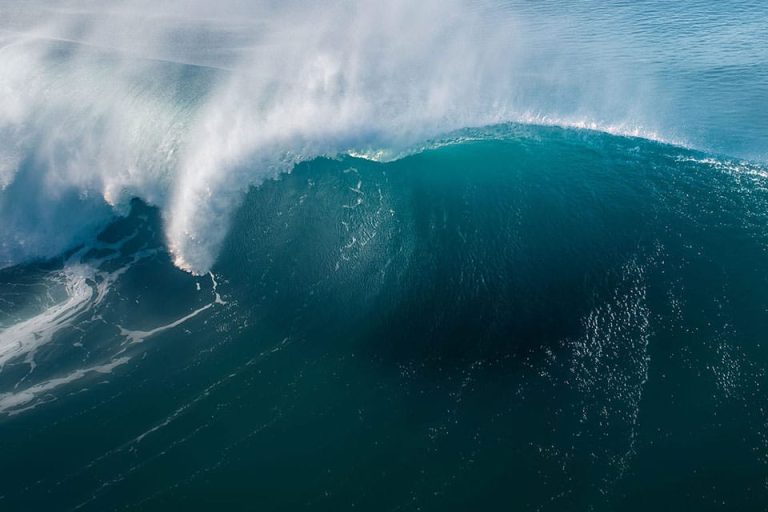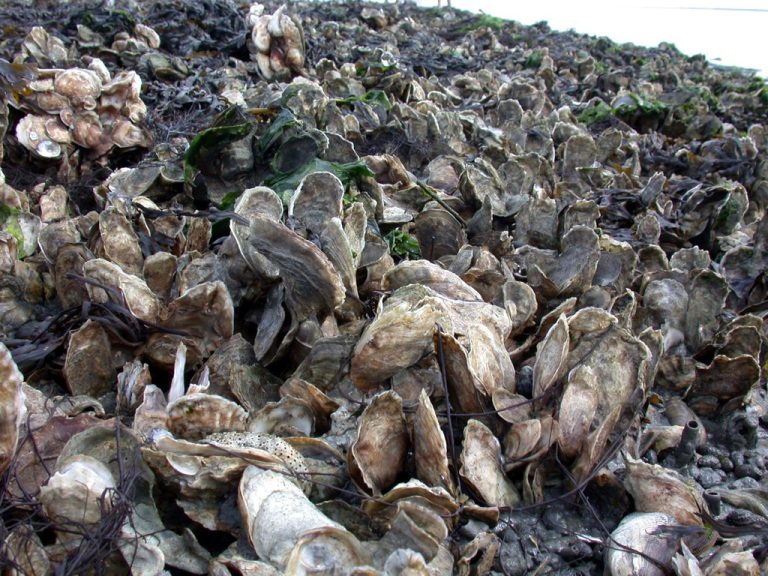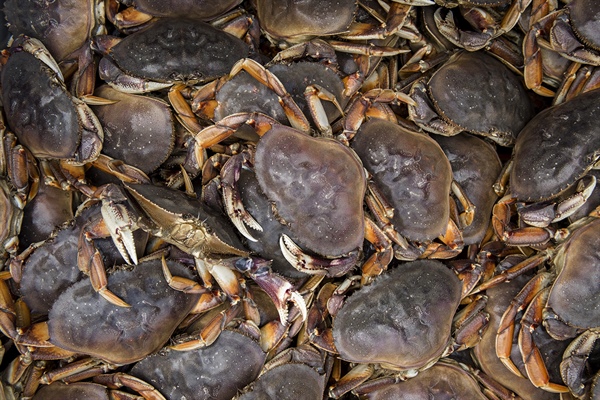Partner: Oregon State University

- PI(s): Burke Hales
- Fiscal Year Funded: 2023
Why we care Ocean alkalinity enhancement has the potential to capture carbon and mitigate ocean acidification. While ocean alkalinity enhancement is a promising approach for removing carbon from the atmosphere,..



- PI(s): Andrew Dickson
- Fiscal Year Funded: 2023
Why we care Energy, manufacturing and deployment costs are critical to the viability of any carbon dioxide removal approach. This research project focuses on a new strategy that promises low..


- PI(s): Marjy Friedrichs, VIMS
- Fiscal Year Funded: 2020
Coastal acidification and its associated co-stressors present a serious and credible threat to the success of both oyster aquaculture and restoration in the Chesapeake Bay. Recent research provides a clearer understanding..


- PI(s): Ana Spalding, Oregon State University
- Fiscal Year Funded: 2020
- Grant Award # NA20OAR0170490
West Coast stakeholders, including fishers and shellfish farmers reliant on key economically and culturally important species, have already experienced adverse consequences of ocean acidification (OA and other stressors. However, the human..
The California Current is a dynamic eastern boundary system that spans the Northeast Pacific from Canada to Baja California, Mexico. Upwelling of cold, nutrient rich water drives multi trophic level..
The California Current is a dynamic eastern boundary system that spans the Northeast Pacific from Canada to Baja California, Mexico. Upwelling of cold, nutrient rich water drives multi trophic level..


The goal of this component of the project is to continue the mooring and ship-based monitoring of the Ocean Acidification-impacted carbonate chemistry of US Pacific coastal waters. This objective will..


